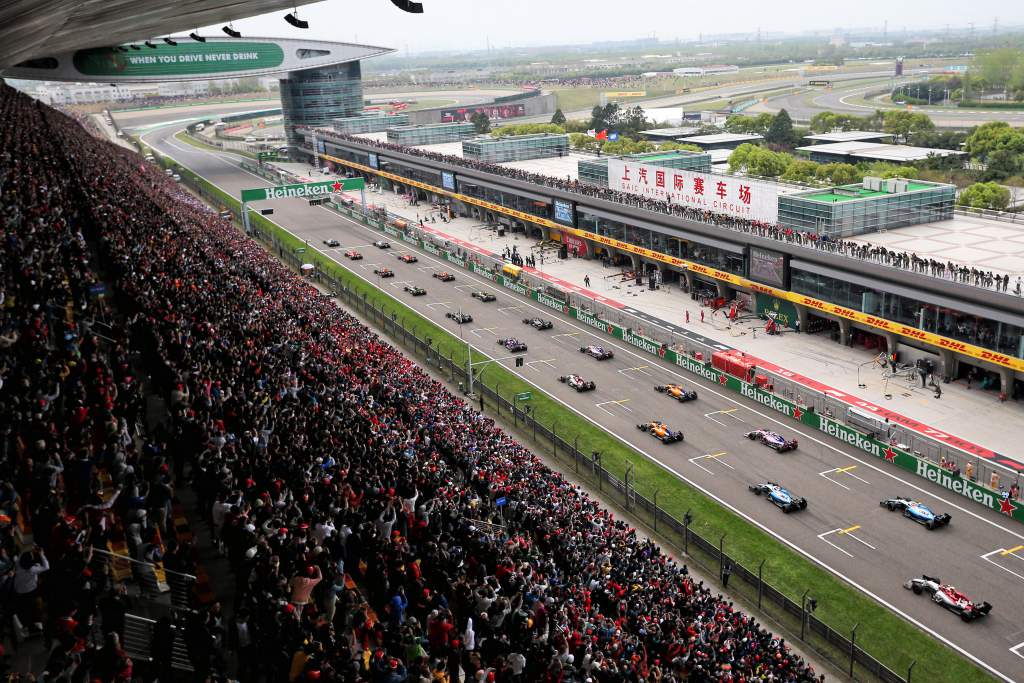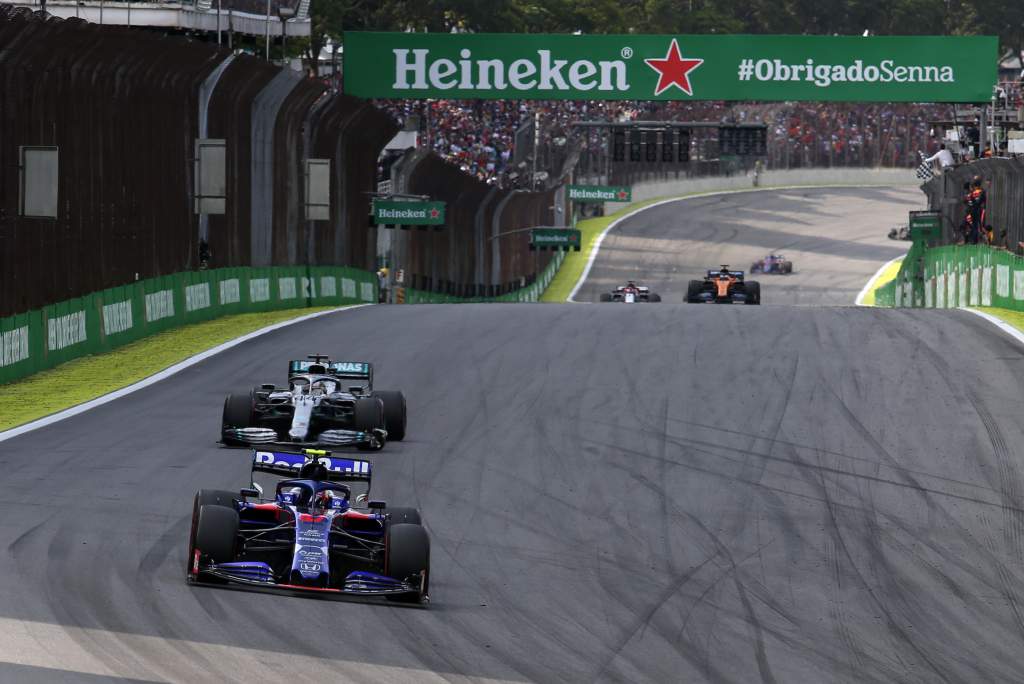Up Next

Formula 1’s 2021 calendar is already in a state of flux with almost one-third of the season set to change from the original plan.
However, F1’s efforts in tackling potential problems early mean the championship seems to retain optimism a full 23-race schedule will be fulfilled.
As reported this week, the Australian Grand Prix is poised to be postponed. Shortly after that emerged, the Australian Grand Prix Corporation told The Race that negotiations are ongoing to hold the race but only “in 2021” – crucially not in March, as planned.
The immediate knock-on effect of this specific problem, which is rooted in the Victorian government’s quarantine requirements amid the coronavirus pandemic, is pre-season testing.
It is almost certain that testing will switch from Barcelona to Bahrain, which is poised to be the new season opener on March 28.
It appears both Imola and Algarve could find a place on the 2021 schedule depending on China’s fate
However, teams appear to disagree over when the test should take place. Leaving it on March 2-4 would give more time for teams to address issues from testing before the first round but logistically it would make more sense to shuffle it back 7-10 days, as this would stop personnel and materials having to be shipped back to Europe in between the test and race.
Beyond the start of the season though there are already concerns of further disruption.

The Chinese Grand Prix on April 11 is said to be at risk, which combined with an April 25 TBC on the provisional calendar the FIA approved leaves no guaranteed races in the second month of the season.
However, if the Chinese race is called off, this could predicate an earlier-than-usual European leg.
Various tracks that appeared on the 2020 calendar unexpectedly, including Imola, Istanbul and Algarve, had been linked to that TBC slot.
It appears both Imola and Algarve could find a place on the 2021 schedule depending on China’s fate, although neither of the current April dates would be utilised.
One option for F1 is racing at Imola on April 18, three weeks after Bahrain, before another weekend off and then a Portugal-Spain back-to-back.
This would then lead into a theoretically undisrupted European leg. F1’s calendar remains subject to change depending on how the COVID-19 pandemic develops, with the introduction of vaccines a vital ally in various countries getting their respective situations under control.
The Race understands F1 is adamant that aside from the Victorian government in Australia, the other relevant authorities that govern its grands prix are supportive and can accommodate the championship even in the current situation.
But it is unclear whether China’s race would be postponed or called off for a second year in a row. And a further reshuffle for the second half of the season would be required anyway even just to slot Australia in.
Like in 2020 when the season opener was called off at the last minute, F1 and organisers are talking of rescheduling the race – and this is actually considered feasible this time around.
F1’s run of Asian, American and Middle-Eastern races presents a batch of late-season flyaways that need to be adjusted to make room for Australia.
It seems that slotting it between Brazil and Saudi Arabia (currently on the second and fourth weekends in November) is the favoured solution but the races on either side have to be moved to make that possible.

The Brazilian Grand Prix could be moved forward a week to complete an Americas triple-header after the USA and Mexico, with Saudi and Abu Dhabi – already a double-header – shifting back one week.
That creates a one-month gap for the Melbourne race to slot into, giving F1 enough time to accommodate the logistical challenge of travelling to Australia.
It would mean the season ends in mid-December again, on December 12, but with the start postponed by one week and the summer break enshrined, this appears more palatable than the intense 2020 schedule.
A 23-race schedule always seemed optimistic from F1, and has been criticised as foolishly optimistic or even arrogant.
However, it remains the best course of action. Races like Australia can be moved around more easily than they can be added at the last-minute – so it was always better to work with a best-case scenario and adapt from there.
It should not be forgotten that F1 did pull off a 17-race season last year. And while it was almost entirely a European calendar, the hope of returning to a more normal spread of grands prix was rooted in optimism that the pandemic would improve or at least stabilise. So even if it were the latter situation, F1’s protocols showed it could be trusted to race in a country safely.
Worsening situations around the world mean F1 must remain flexible for a little while longer. Its strategy of hoping for the best and planning for the worst is at least well suited to that.
POSSIBLE 2021 CALENDAR
March 28: Bahrain
April 18: Imola
May 2: Portimao
May 9: Barcelona
May 23: Monaco
June 6: Baku
June 13: Montreal
June 27: Paul Ricard
July 4: Red Bull Ring
July 18: Silverstone
August 1: Hungaroring
August 29: Spa
September 5: Zandvoort
September 12: Monza
September 26: Sochi
October 3: Singapore
October 10: Suzuka
October 24: Austin
October 31: Mexico City
November 7: Interlagos
November 21: Melbourne
December 5: Saudi Arabia
December 12: Abu Dhabi





